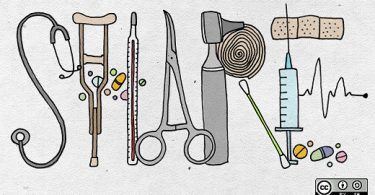Medications can treat symptoms, prevent disease, and even extend our lives. But can taking too many...
Drugs and alcohol
PPIs found to increase risk of kidney failure
Routine use of proton pump inhibitors, common over-the-counter medications used to treat acid...
Millions safely import low-cost drugs from abroad
In 2017, Kaiser Health News reported that 19 million Americans import their prescription drugs from...
Six things to know about your over-the-counter medications
Over-the-counter medications are drugs you can buy without a prescription to treat common problems...
Talk to your doctor before taking a cold medicine
With cold and flu season in full swing, people with high blood pressure that is not controlled well...
FDA permits doctors to implant untested medical devices at...
In an op-ed for the Washington Post, Jeanne Lenzer and Shannon Brownlee describe how the FDA...
If Merck knew that Fosamax causes bone fractures and kept...
How would you feel if you were harmed by a medicine you took as prescribed and then learned that...
Is alcohol naughty or nice?
With the Holiday Season upon us, there are many opportunities to drink alcohol. Some are...
Amarin makes unsupported claims about its heart disease medicine
As we all know, some pharmaceutical companies will go very far to sell their products. Shefali...
Finish your antibiotics!
There are two simple ways to get the most out of your antibiotics and avoid promoting antibiotic...










